Enter a surname, town name or other keyword to search the database. Remember to
allow for the different spellings of 'Mc' and 'Mac.' Good luck!
{Search tips: Use single word search terms for more results}
You must enter some valid character(s) into the search field
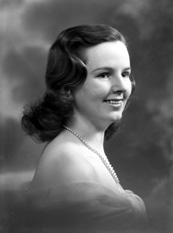
Reference: 42029e
Miss Mackenzie, 44 Union Road,...
|
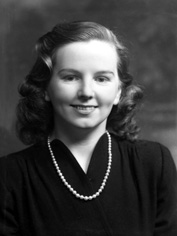
Reference: 42029d
Miss Mackenzie, 44 Union Road,...
|

Reference: 42029c
Miss Mackenzie, 44 Union Road,...
|
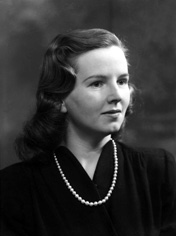
Reference: 42029b
Miss Mackenzie, 44 Union Road,...
|
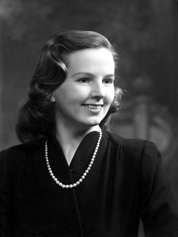
Reference: 42029a
Miss Mackenzie, 44 Union Road,...
|
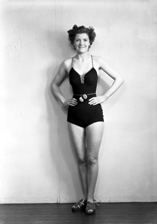
Reference: 41541g
Unidentified friend of Miss M....
|
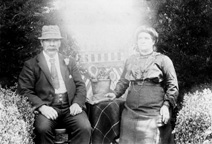
Reference: 877
Copy for Mrs Robertson, Old ...
|
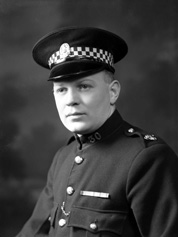
Reference: 41619
Constable MacRae. ...
|
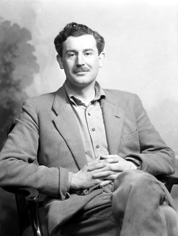
Reference: 40813b
Lord Lovat. Brigadier Simon Ch...
|
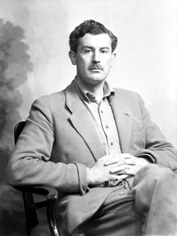
Reference: 40813a
Lord Lovat. Brigadier Simon Ch...
|
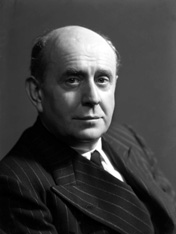
Reference: 37639
His Excellency Jan Masaryk, Vi...
|
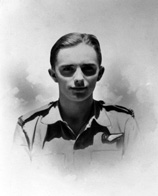
Reference: 156
Mrs Paton. ...
|